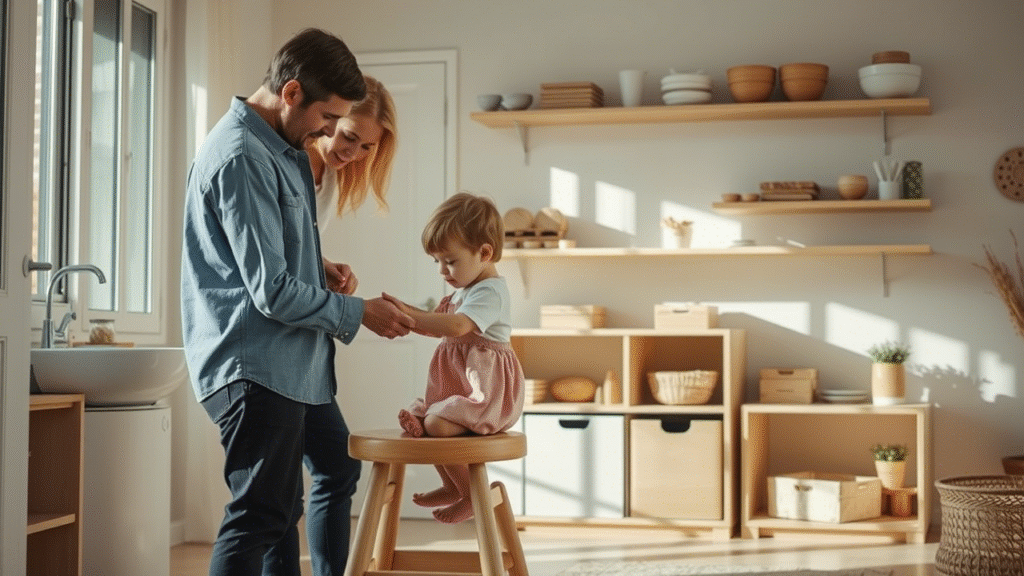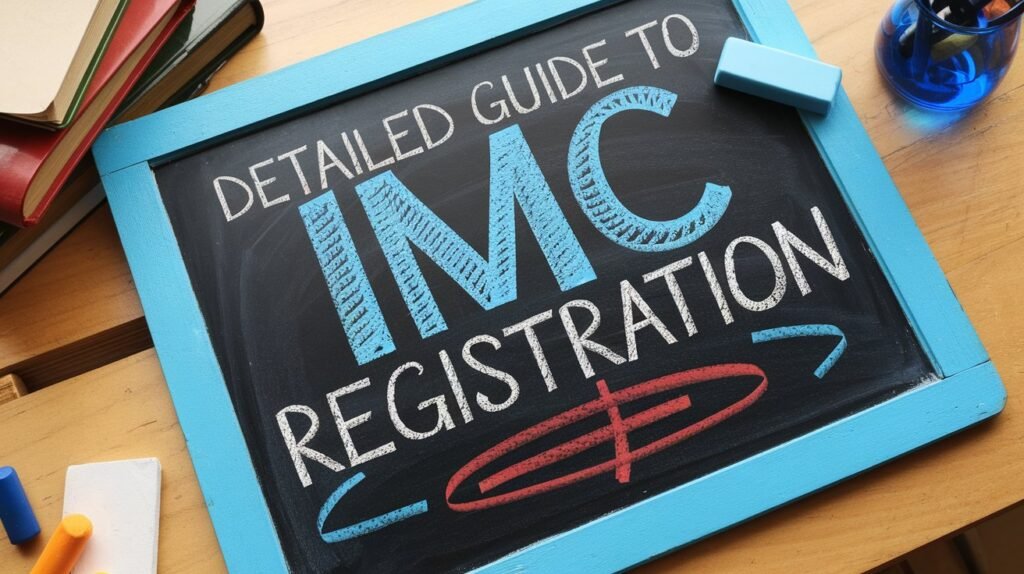If you’ve ever peeked into a Montessori classroom, you might notice toddlers pouring water or preschoolers calmly choosing their own activities. Montessori parenting borrows the core principles of the Montessori educational philosophy to use at home. At its heart, the Montessori Parenting Techniques or approach emphasizes independence, child-led learning, and a prepared environment. This means setting up your home (even just a corner of a room) so that your child can safely explore and do things for themselves. For example, you might have low shelves with a few toys or learning materials, a step stool at the sink handwashing, and child-sized utensils for snack time. The idea is to nurture the child’s natural curiosity, neuralink and allow them to learn by doing.
Core Principles of Montessori Parenting:
Montessori parents strive to incorporate a few key principles into daily life:
Prepared Environment:
- Create spaces where everything is accessible to the child and has a purpose. From a low shelf with puzzles to a small broom for “helping” clean, the environment is set up for independent exploration. I remember setting up a little kitchen drawer for my toddler with unbreakable bowls and spoons – he was so proud to get his own cereal (with a bit of a mess, of course!).
Fostering Independence:
- Instead of doing things for the child, Montessori encourages doing things with the child and then allowing them to try themselves. This can be as simple as letting a 2-year-old put on their shoes (even if it takes five minutes longer). Over time, these small choices build confidence. A Montessori motto is “Help me do it myself,” and parents act as guides rather than always as directors.
Respect for the Child:
- Montessori parenting treats even the littlest toddler with respect as a full individual. This means listening to their needs, speaking to them calmly, and allowing them to make choices within safe boundaries (e.g. “Would you like the red shirt or the blue shirt today?”). Respect also involves observing your child’s interests – if they love pouring water, you might provide a small pitcher and cup to let them practice, which secretly is building their motor skills and concentration.
Self-Directed Learning:
- Children are naturally inquisitive. Montessori parents encourage kids to follow their interests. If your child is fascinated by bugs, you get a bug jar and books about insects. If they want to draw, you provide crayons and paper at their level. By allowing kids to lead their learning (with gentle guidance), you show that their ideas and preferences matter.
My Parenting Story:
When my daughter was three, I transformed one lower kitchen cabinet into “her” cabinet. We filled it with a few pots, wooden spoons, and plastic dishes. Initially, it was to keep her busy while I cooked. But to my surprise, she started imitating my cooking – stirring an empty pot and “washing” dishes. One evening, she proudly set the table with her plastic plates for the family dinner. This simple Montessori-inspired change empowered her and made her feel included. It was a beautiful reminder that, given the chance, kids often rise to the occasion with independence and enthusiasm.
The Gist of Montessori Parenting Techniques
Montessori parenting isn’t about buying fancy materials – it’s about a mindset. By respecting your child’s abilities and creating an environment that supports their independence, you help them develop confidence and a lifelong love of learning. Small changes, like a step stool in the bathroom or washing, can make a big difference. And remember, it’s not about perfection; it’s about progress. Embrace the spills and the slow pace – they’re all part of the learning process.










